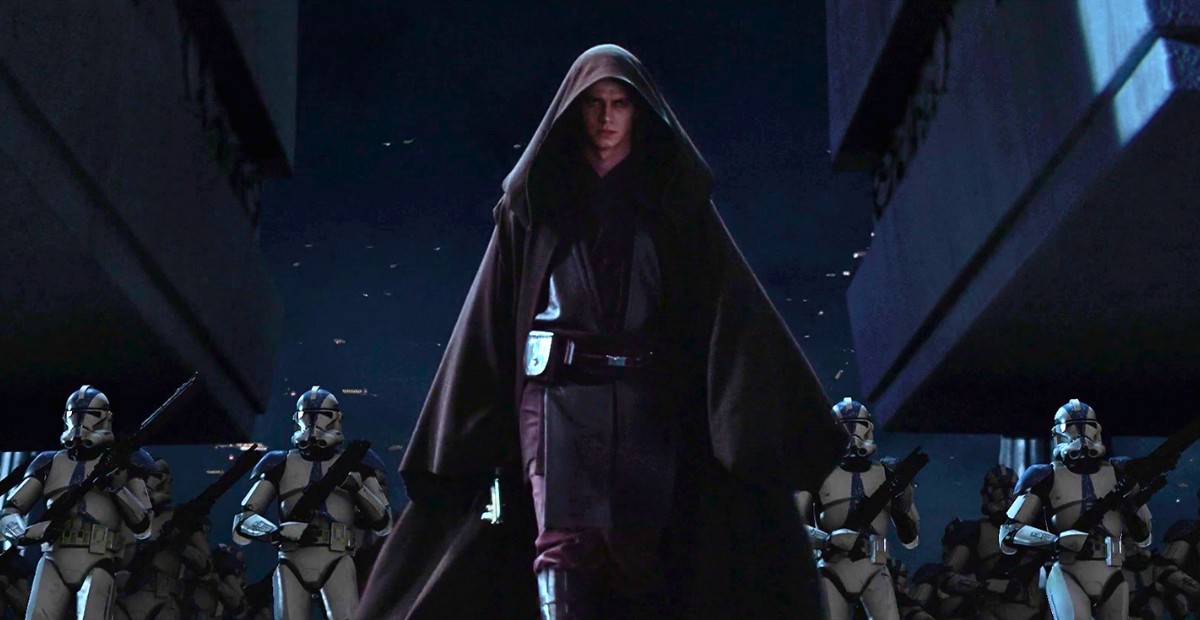I’ve always thought Order 66 was just about wiping out the Jedi. But the more I looked into it, the more it became clear: it was about getting rid of any Force-sensitive who could stand in Palpatine’s way. It wasn’t just Jedi who were hunted down. There were others too, and their stories change how we should really see what happened.
What Order 66 Was Really About
At first glance, it looks like the clones were simply ordered to kill all Jedi. But if you dig a little deeper, it’s obvious the mission was much bigger than that. It was about clearing out anyone strong in the Force who wasn’t on Palpatine’s side.
We see it clearly when people like Ahsoka — who technically wasn’t even a Jedi anymore — were still targeted. Maul, who was a Sith dropout at that point, also got caught in the crossfire. Even later on, the Inquisitors ended up being seen as disposable once they weren’t useful anymore.
It wasn’t about being a Jedi. It was about whether you were a threat.
Why Anakin Was Left Alone
When it comes to Anakin, it’s important to remember where he stood when Order 66 kicked off. He wasn’t a Jedi anymore. He had already fallen, turned into Darth Vader, and pledged himself to Palpatine.
From what I see, Palpatine had always planned to make exceptions for people he needed. He obviously couldn’t risk Order 66 backfiring on himself, so it makes sense he would carve out special protections for anyone he still had use for — and Anakin was his biggest prize.
Right after he became Vader, Anakin didn’t hide. He wasn’t running from clones or trying to survive the purge. He led the assault on the Jedi Temple. He was on the front lines, doing exactly what Palpatine wanted. That alone proves he wasn’t seen as a target — he was the tool Palpatine needed to destroy the Jedi from the inside.
So When Order 66 Was Issued, Why Didn’t the 501st Fire on Anakin?
Most clones didn’t even know what a Sith was. For over a thousand years, the Sith had operated from the shadows. The average clone was never taught the difference. In their eyes, someone with a lightsaber — regardless of color — was a Jedi. That’s why, in Darth Vader (2017) #10, we see Vader attacked by other clones even after Order 66. He shows up in black armor, wielding a red lightsaber — and they shoot at him on sight. They don’t know he’s “on their side.” They just see a saber and react.
Order 66 didn’t include training on identifying Sith vs Jedi. Saber color didn’t matter. Whether it was blue, green, red, or white, the moment a lightsaber was drawn, clones were wired to eliminate the wielder unless told otherwise.
So why didn’t the 501st fire on Anakin?
Because they knew him. Anakin was their general — the man who led them through brutal campaigns across the galaxy. And more importantly, they weren’t just blindly interpreting the order. They were following him into the Temple. That means Palpatine’s directive to execute the Jedi likely came with a very specific exception: Anakin Skywalker.
From the clones’ perspective, nothing had changed. Anakin wasn’t a rogue Force-wielder — he was leading the charge. The only thing that changed was the mission. Their general was no longer defending the Jedi Temple — he was storming it. And they followed orders.
What About Dooku and Others?
I also believe that if things had gone differently, Count Dooku might have been spared too — at least for a while. If Palpatine still needed him, he would’ve made sure Dooku didn’t get caught up in the purge either. That’s just how Palpatine operated: if you were still valuable to him, you lived. If not, you were removed.
So when the clones opened fire across the galaxy, it wasn’t chaos. It was a targeted strike. Palpatine picked who lived and who died based on what helped him the most.

